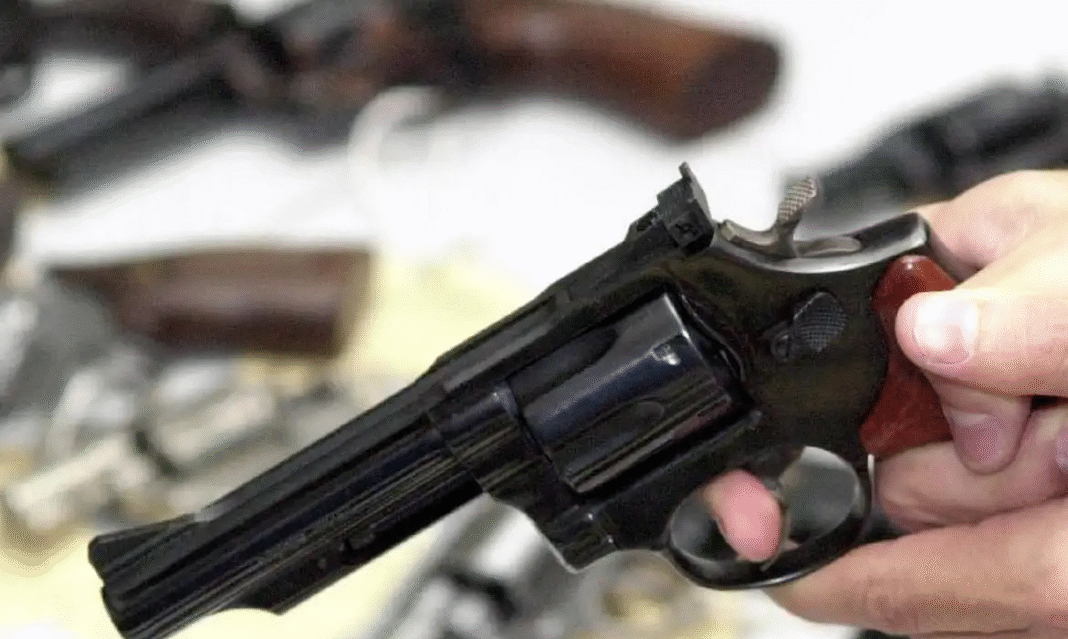Continuing a downward trend, the number of intentional violent deaths in Brazil fell once again, reaching 44,127 victims in 2024. This marks the lowest figure since 2012, when systematic data collection began. The homicide rate per 100,000 inhabitants dropped to 20.8, the lowest on record, and represents a 5.4% decrease compared to the previous year. Despite this progress, the country also reported 81,873 missing persons during the same period. Some of these cases are suspected of involving murders carried out by criminal organizations, with victims buried in clandestine cemeteries or burned. The figures were published in the Brazilian Public Security Yearbook, released on Thursday (24/07). The category of intentional violent deaths includes intentional homicides, robberies followed by death, bodily harm resulting in death, and deaths caused by police interventions, whether on or off duty.
This Content Is Only For Subscribers
To unlock this content, subscribe to INTERLIRA Reports.
Fatality Rate Remains High
Although declining, Brazil’s fatality rate remains significantly high when compared globally. In absolute terms, the country records the highest number of homicides in the world. In relative terms, Brazil ranks 16th among 103 countries that submitted data to the United Nations Office on Drugs and Crime (UNODC).
Regional Disparities
Lethal violence remains uneven across Brazil’s regions. The Northeast (33.8 per 100,000 inhabitants) and North (27.7 per 100,000) continue to experience the highest levels of violence. Meanwhile, the South and Southeast exhibit the lowest homicide rates. The states with the highest mortality rates in 2024 were Amapá (45.1), maintaining the lead for the second consecutive year, followed by Bahia (40.6), Ceará (37.5), Pernambuco (36.2), and Alagoas (35.4).
States with Rising Rates
Only four states recorded an increase in homicide rates in 2024: Maranhão (12.1%), Ceará (10.9%), São Paulo (7.5%), and Minas Gerais (5%). In Maranhão, the rise was driven by increases in intentional homicides, robberies, and deaths from police intervention. Ceará’s uptick was more widespread across categories. In São Paulo, the increase was primarily fueled by robberies, fatal bodily harm, police deaths, and police-caused deaths. Minas Gerais showed a significant number of intentional homicides and police-related killings.
Most Violent Cities in Brazil
All ten of the most violent cities identified in the yearbook are located in the Northeast region. The most lethal was Maranguape (CE), with a rate of 79.9 homicides per 100,000 inhabitants. It was followed by Jequié (BA), with a rate of 77.6, and Juazeiro (BA), at 76.2. Other cities on the list include Camaçari (BA), with 74.8; Cabo de Santo Agostinho (PE), with 73.3; and São Lourenço da Mata (PE), with 73.0. Rounding out the ranking are Simões Filho (BA), at 71.4; Caucaia (CE), with 68.7; Maracanaú (CE), at 68.5; and Feira de Santana (BA), which recorded 65.2 homicides per 100,000 inhabitants. These cities are often affected by violent disputes between criminal factions. The victims are predominantly young Black men from marginalized communities. While police involvement in violent deaths is relatively low in Pernambuco and Ceará, the state of Bahia shows high levels of lethality attributed to security forces.
Maranguape: Brazil’s Most Violent City
In 2024, Maranguape (CE), a municipality in the Fortaleza metropolitan region, recorded the highest homicide rate in the country. With a population of around 108,000 residents, the city registered 87 violent deaths, resulting in a rate of 79.9 per 100,000 inhabitants. The violence is largely driven by territorial conflicts between two rival criminal groups: the Rio de Janeiro-based Red Command (CV) and the local faction Guardians of the State (GDE).
Deaths Caused by Police Intervention
The Yearbook highlights a notable increase in deaths caused by police interventions, officially defined as homicides committed by law enforcement officers. In 2017, such cases accounted for 8.1% of all violent deaths in Brazil. By 2024, this proportion had risen to 14.1%, signaling a substantial rise in police-related fatalities over the years.
Analysis:
The 2024 figures on intentional violent deaths in Brazil reflect a complex and uneven security landscape. While the overall decline in homicides is notable and brings the national rate to its lowest level since data collection began, the drop is not uniform, and in many areas, violence remains alarmingly high. Much of the current mortality is concentrated in cities deeply affected by disputes between rival criminal factions, particularly in the Northeast, where local and national gangs compete for control of drug trafficking routes.
Several structural factors help explain the national decline. Demographic changes have reduced the share of the population in age groups most vulnerable to lethal violence, particularly young men between 15 and 29 years old. In parallel, long-term investments in public security programs in some states have played a role in reducing killings in urban centers.




